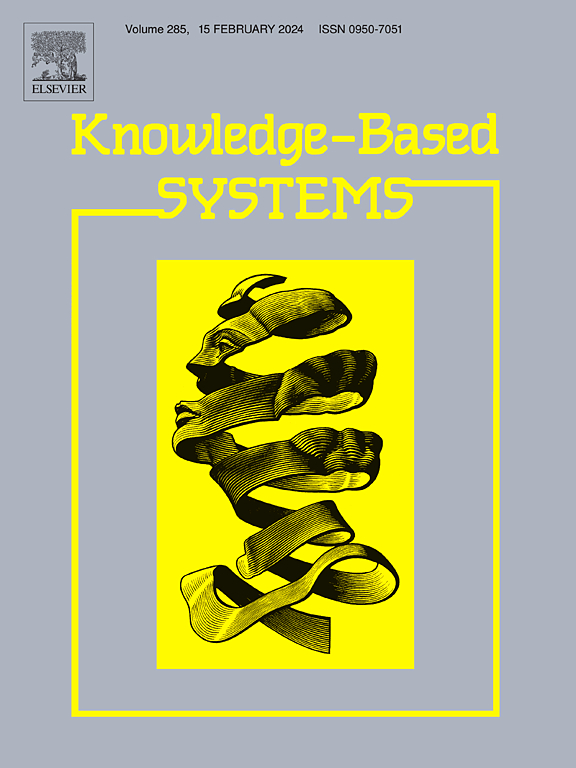An enhanced BiGAN architecture for network intrusion detection
IF 7.2
1区 计算机科学
Q1 COMPUTER SCIENCE, ARTIFICIAL INTELLIGENCE
引用次数: 0
Abstract
Intrusion detection systems face significant challenges in handling high-dimensional, large-scale, and imbalanced network traffic data. This paper proposes a new architecture combining a denoising autoencoder (AE) and a Wasserstein Generative Adversarial Network (WGAN) to address these challenges. The AE-WGAN model extracts high-representative features and generates realistic synthetic attacks, effectively resolving data imbalance and enhancing anomaly-based intrusion detection. Our extensive experiments on NSL-KDD and CICIDS-2017 datasets demonstrate superior performance, achieving 98% accuracy and 99% F1-score in binary classification, surpassing recent approaches by 7%–15%. In multiclass cases, the model achieves 89% precision for DoS attacks and 84% for Probe attacks, while maintaining 79% precision for rare U2R attacks. Time complexity analysis reveals 23% reduced training time while maintaining high-quality synthetic attack generation, contributing a robust framework capable of handling modern network traffic complexities and evolving cyber threats.
求助全文
约1分钟内获得全文
求助全文
来源期刊

Knowledge-Based Systems
工程技术-计算机:人工智能
CiteScore
14.80
自引率
12.50%
发文量
1245
审稿时长
7.8 months
期刊介绍:
Knowledge-Based Systems, an international and interdisciplinary journal in artificial intelligence, publishes original, innovative, and creative research results in the field. It focuses on knowledge-based and other artificial intelligence techniques-based systems. The journal aims to support human prediction and decision-making through data science and computation techniques, provide a balanced coverage of theory and practical study, and encourage the development and implementation of knowledge-based intelligence models, methods, systems, and software tools. Applications in business, government, education, engineering, and healthcare are emphasized.
 求助内容:
求助内容: 应助结果提醒方式:
应助结果提醒方式:


